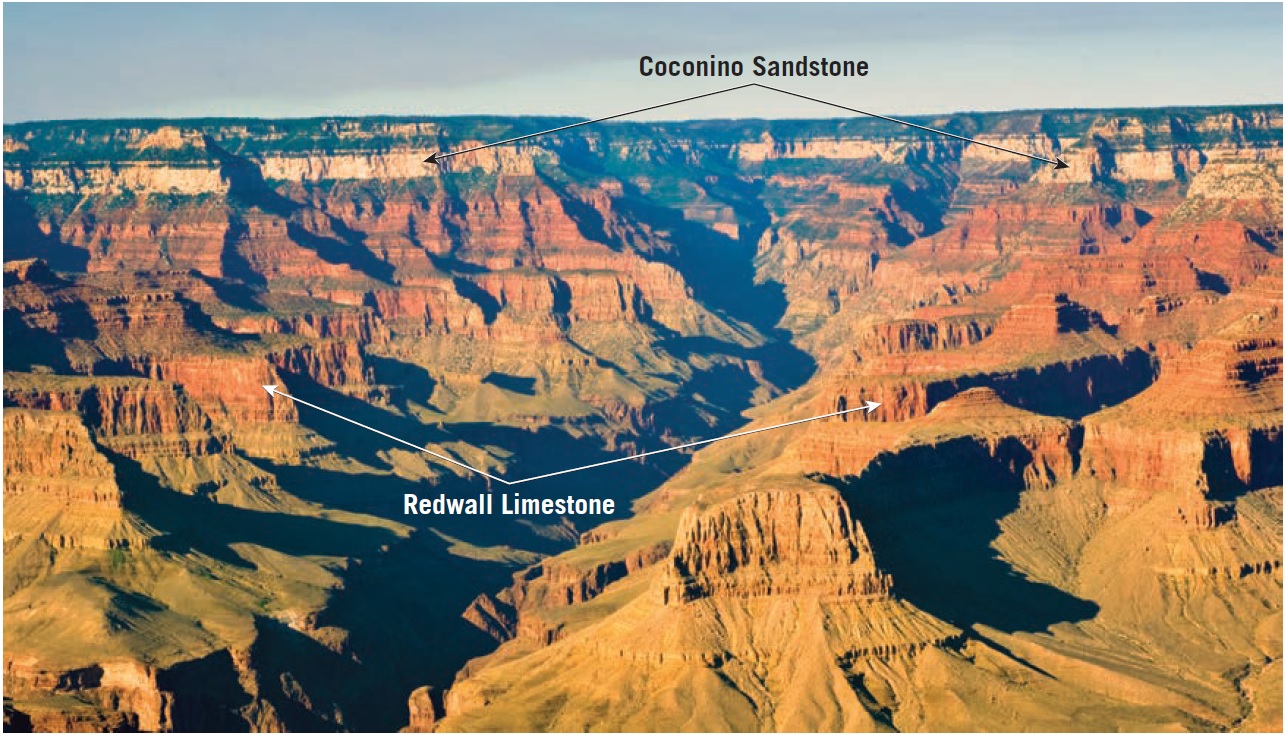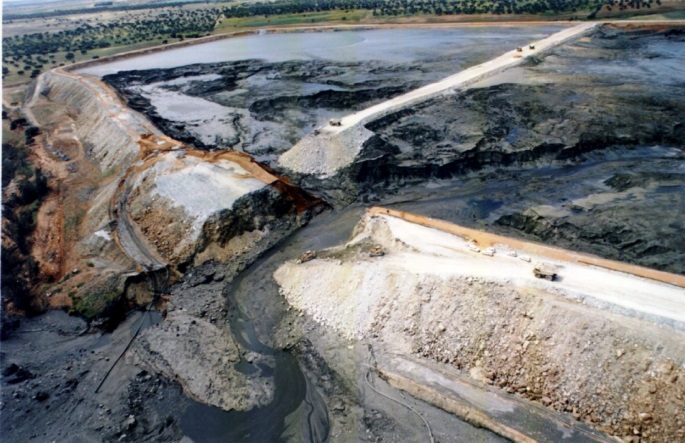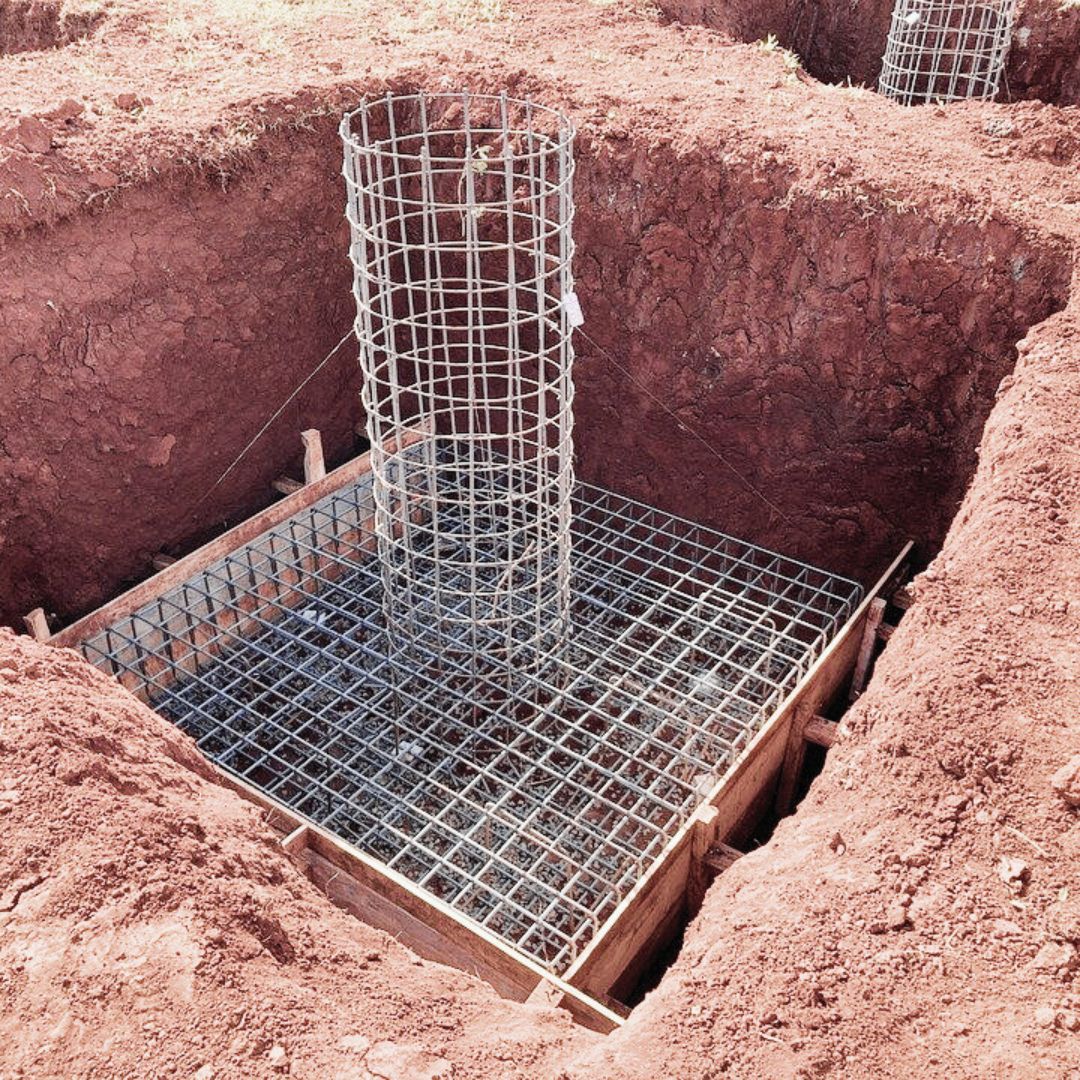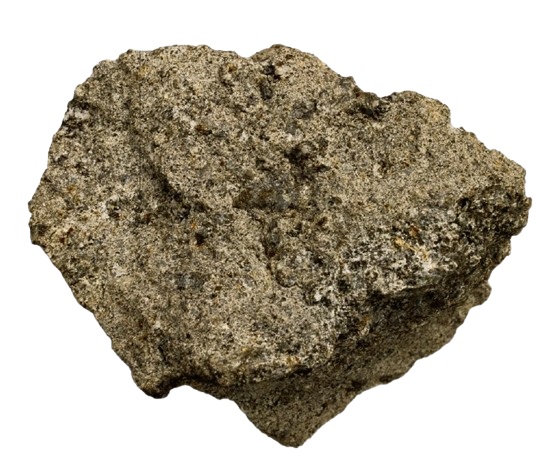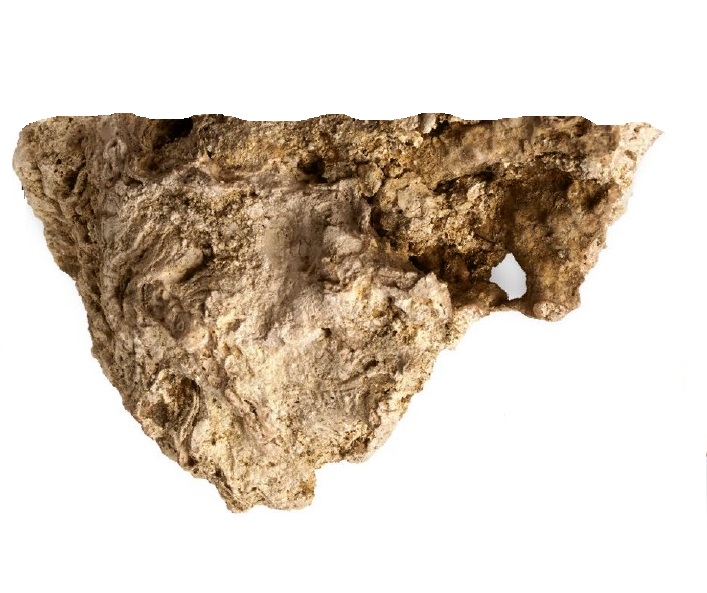Geologic Aspects of Earthquakes: Prediction, Preparedness, and Response
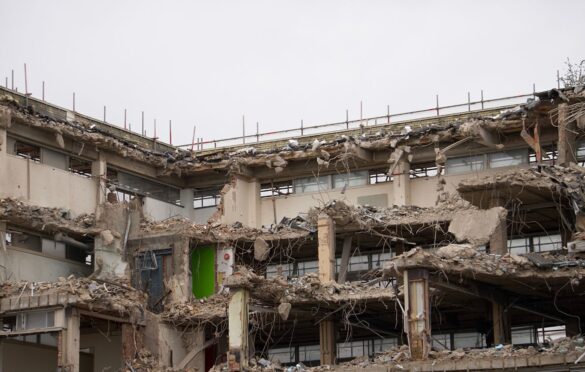
Introduction
Earthquakes are one of the most powerful and destructive natural disasters on our planet. They can cause immense damage to buildings, roads, and other infrastructure, as well as endangering the lives of people and animals. As a scientist who studies earthquakes, my goal is to help people better understand the geologic aspects of earthquakes, including how they occur, how to predict them, and how to prepare and respond to them.
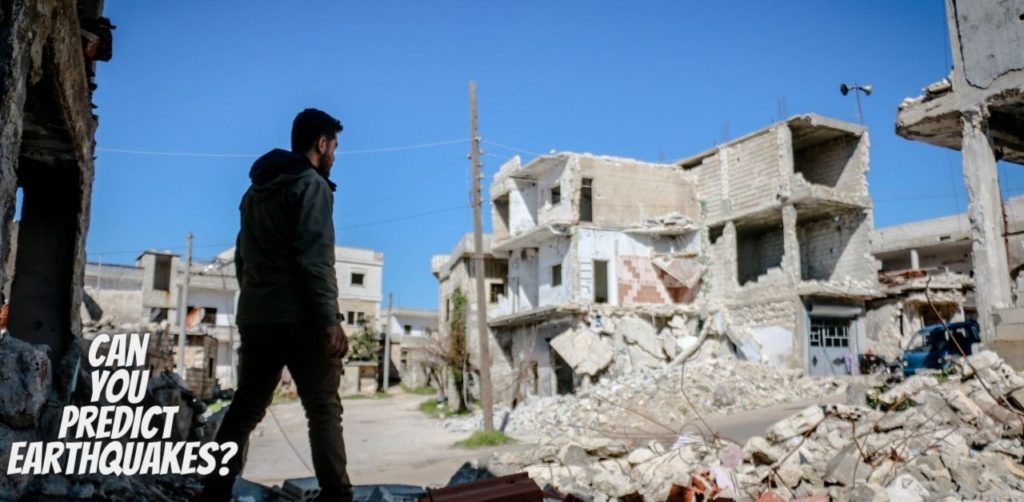
Understanding Earthquakes
Earthquakes are caused by the movement of tectonic plates, which are giant slabs of rock that make up the Earth’s crust. When these plates rub against each other, they create pressure and stress that can build up over time. When this stress is released suddenly, it can cause the ground to shake and cause an earthquake. Earthquakes can also be caused by human activity, such as mining or the construction of large dams.
The severity of an earthquake is measured on the Richter scale, which ranges from 1 to 10. Each increase in magnitude represents a tenfold increase in the energy released by the earthquake. For example, an earthquake with a magnitude of 6.0 is ten times more powerful than an earthquake with a magnitude of 5.0.
Richter Scale
- 1
- 2
- 3
- 4
- 5
- 6
- 7
- 8
- 9
- 10+
The Richter scale and the Mercalli scale are two commonly used methods for measuring the intensity of earthquakes.
The Richter scale, developed by American seismologist Charles Richter in the 1930s, is a logarithmic scale that measures the magnitude of an earthquake based on the amplitude of its seismic waves. Each whole number increase on the Richter scale corresponds to a tenfold increase in seismic wave amplitude, meaning that a magnitude 5 earthquake is 10 times as powerful as a magnitude 4 earthquake.
The Mercalli scale, on the other hand, is a subjective scale that measures the intensity of an earthquake based on the observed effects of the earthquake at a given location. Developed by Italian seismologist Giuseppe Mercalli in 1902, the Mercalli scale ranges from I (not felt) to XII (total destruction), with different levels of intensity corresponding to different types of damage, such as shaking, damage to buildings, and ground fissures.
While the Richter scale is useful for comparing the relative sizes of earthquakes, the Mercalli scale provides more information about the effects of an earthquake on a specific location.
Predicting Earthquakes
Despite our understanding of how earthquakes occur, predicting when and where they will happen is still a major challenge. While there are some signs that can indicate that an earthquake may be imminent, such as an increase in small earthquakes or the movement of animals, these signs are not always reliable.
One of the most promising methods for predicting earthquakes is through the use of seismology, which is the study of earthquakes and the movement of the Earth’s crust. Seismologists use a variety of instruments, including seismometers and GPS, to monitor the movement of the Earth’s crust and detect any changes that may indicate an earthquake is about to occur.
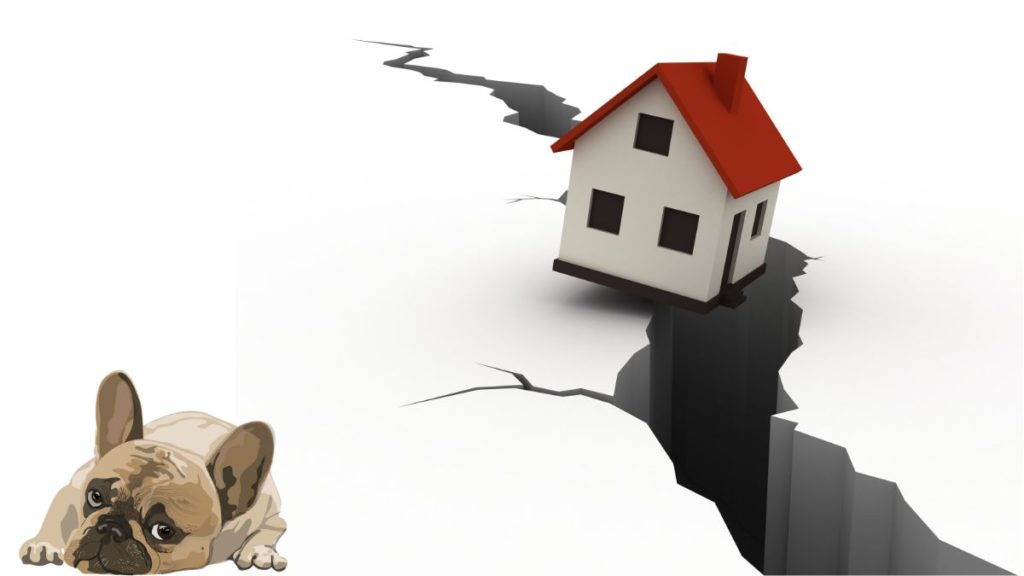
Preparing for Earthquakes
While we may not be able to predict earthquakes with complete accuracy, we can take steps to prepare for them. This includes building earthquake-resistant buildings, preparing emergency kits, and developing evacuation plans.
In earthquake-prone areas, building codes require that structures be designed to withstand the forces of an earthquake. This includes using reinforced concrete and steel to strengthen buildings and ensuring that buildings are anchored securely to the ground.
Individuals can also take steps to prepare for earthquakes by creating emergency kits that include food, water, first-aid supplies, and other essential items. It’s also important to develop an evacuation plan, so that you know where to go and what to do in the event of an earthquake.
Responding to Earthquakes
Despite our best efforts to prepare for earthquakes, they can still cause significant damage and loss of life. When an earthquake does occur, it’s important to respond quickly and effectively to minimize the impact.
One of the most important things to do after an earthquake is to check for injuries and provide first aid to those who need it. It’s also important to check for damage to buildings and other infrastructure, and to shut off gas and electricity if necessary.
In the event of a major earthquake, emergency responders will be called upon to provide assistance to those in need. This may include search and rescue operations, providing medical care, and distributing food and water.
Conclusion
Earthquakes are a natural phenomenon that can be both awe-inspiring and terrifying. While we may not be able to predict earthquakes with complete accuracy, understanding the geologic aspects of earthquakes and taking steps to prepare for and respond to them can help minimize their impact. By building earthquake-resistant structures, creating emergency kits, and developing evacuation plans, individuals and communities can help protect themselves from the destructive force of earthquakes. By continuing to study earthquakes and improve our methods for prediction and response, we can better prepare for and mitigate the impact of these powerful natural disasters.


